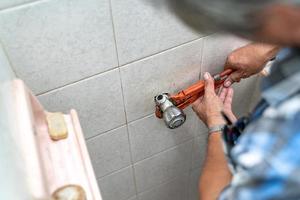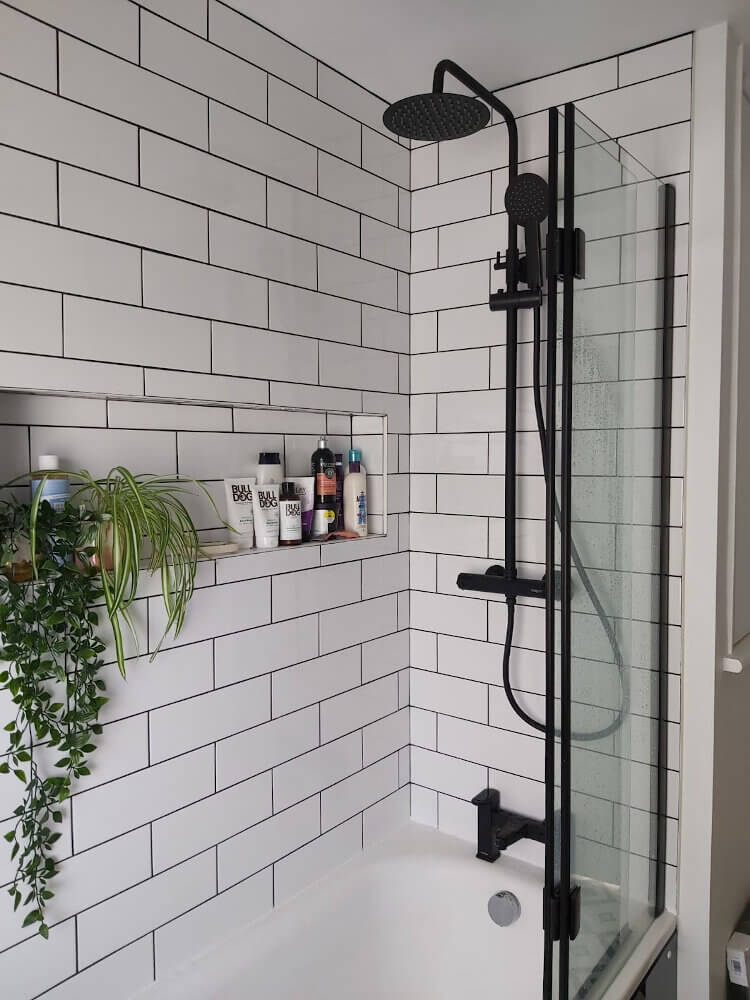This post which follows about 6 Essential Plumbing Checks for New Homeowners is fairly motivating. You should check this stuff out.

For new property owners, understanding and maintaining bathroom pipes can conserve both money and time by preventing costly problems down the line. Here are some necessary washroom plumbing ideas to assist you keep every little thing running efficiently.
Familiarize Yourself with the Key Shut-Off Shutoff
Knowing where the primary water shut-off valve is located in your house is critical. This permits you to quickly switch off the supply of water in case of major leakages or during plumbing emergency situations, stopping comprehensive water damage.
Routinely Inspect for Leakages
Little leaks can bring about big issues. Consistently inspect under sinks, around bathrooms, and near pipes components for any indications of leaks. Look for dampness, small drips, or corrosion. Catching and repairing leaks early can stop more serious damage and save water.
Do Not Disregard Slow Drains Pipes
If your sink or bath tub is draining pipes slowly, it's commonly a sign of an obstruction developing. Resolving this early can prevent a total obstruction. Make use of a bettor or a plumbing technician's serpent to clean out particles. Stay clear of utilizing chemical drainpipe cleansers as they can harm your pipelines with time.
Know What Not to Flush
Bathrooms are not waste disposal unit. Stay clear of purging anything apart from toilet tissue and human waste. Items like wipes, womanly health items, and cotton bud need to be gotten rid of in the trash to avoid clogs and sewage system back-ups.
Set Up Strainers in Drains
Location filters in your sink and bathtub drains pipes to capture hair and various other debris prior to they enter your plumbing system. Cleansing the filters consistently will help protect against build-up and keep water streaming openly.
Maintain Your Water Heater
Ensure your hot water heater is set to an appropriate temperature (normally around 120 degrees Fahrenheit) to stop scalding and lower power use. Flush the tank each year to remove debris accumulation, which can lower the performance and life-span of your heating system.
Upgrade Your Fixtures
If your home has older fixtures, think about upgrading to much more reliable models. Modern commodes, showerheads, and taps are developed to utilize much less water while offering excellent pressure, which can substantially decrease your water costs and ecological footprint.
Beware with DIY Pipes Repairs
While it's tempting to handle all home fixings by yourself, be cautious with pipes. Some issues may need expert expertise, especially if they involve major water lines or sewage system fixings. Hiring a professional can occasionally be a lot more cost-efficient than DIY, especially if it stops more damages.
Get Ready For Cold Weather
Shield your pipes from cold during winter by protecting pipelines in unheated locations like cellars, attics, and garages. Throughout extreme chilly, allow cold water drip from taps served by subjected pipes to help avoid cold.
Arrange Regular Upkeep
Think about scheduling yearly inspections with an accredited plumber. They can spot concerns that you could miss, such as covert leakages or deterioration on pipes and fixtures. Normal upkeep aids extend the life of your pipes system and can prevent emergency situations.
Conclusion
Recognizing and preserving your home's bathroom plumbing can prevent many common issues. By adhering to these essential pointers, you can guarantee your shower room continues to be useful and effective, saving you time and money in the long run.
Essential Plumbing Tips for Homeowners: Keep Your Pipes Flowing Smoothly
As a homeowner, understanding the basics of your plumbing system can save you time, money, and a lot of headaches. Plumbing issues can range from minor annoyances like dripping faucets to major problems like burst pipes that cause significant damage. This guide provides essential tips to help you maintain your plumbing system and tackle common issues.
Understanding Your Plumbing System
Supply System: Brings fresh water into your home from a municipal source or a well. Drain-Waste-Vent System: Removes wastewater and vents sewer gases outside. Fixtures and Appliances: Includes sinks, toilets, showers, dishwashers, and washing machines. Basic Maintenance Tips
Regular Inspections: Periodically check for leaks, corrosion, and other signs of wear and tear. Look under sinks, around toilets, and near water heaters. Know Your Main Shut-Off Valve: In case of a major leak, you’ll need to shut off the water quickly. Ensure everyone in your household knows where the main shut-off valve is located. Prevent Frozen Pipes: In cold climates, insulate exposed pipes and let faucets drip during extreme cold to prevent freezing. Use Strainers: Install strainers in sinks and tubs to catch hair, food particles, and other debris that can cause clogs. Common Plumbing Issues and Solutions
Clogged Drains:
Prevention: Avoid pouring grease down the drain and use drain screens to catch debris. DIY Fix: Use a plunger or a plumbing snake to clear minor clogs. For stubborn clogs, a mixture of baking soda and vinegar can sometimes help. Leaky Faucets:
Prevention: Replace washers and seals regularly. DIY Fix: Turn off the water supply, disassemble the faucet, and replace worn parts.

Call Today